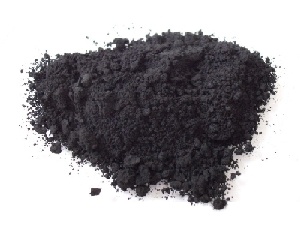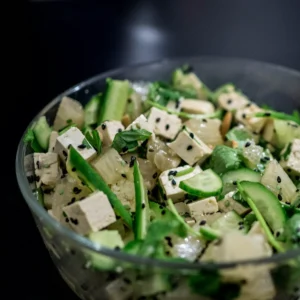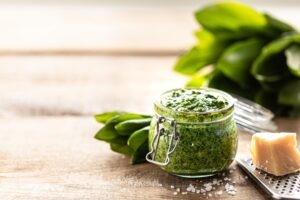E153 is a food-colouring agent used in few foods and products, and can be derived from many origins, including non-vegan ones. Vegans should be wary of consuming certain foods as a result.
Table of Contents
The reason being, is not just is E153, also known as “Carbon Black” potentially non-vegan, but also because it’s potentially toxic to humans (and arguably most mammals at least). We’ll go over that below.
So What Is E153?
As mentioned above, E153 is also called Carbon Black, and it’s used to colour certain foods. For us vegans, those foods may be licuorice candies, or simple jams/jellies.
E153 is made out of some pretty nasty stuff. It’s basically pure-carbon and is derived from charcoal, burned (ashed) vegetables, and coal tar.
Is E153 (Carbon Black) Normally Vegan?
It’s hard to say as there’s no real data on this that I could find, however the little I could find suggested most of it is in fact vegan. I wouldn’t go so far as to say that it’s generally or normally vegan though.
Regardless of its vegan status, as will be mentioned below, I’d recommend not consuming E153.
Is E153 Unhealthy or Unsafe?
While some people are cautious about saying it’s unhealthy or unsafe to consume, I’m pretty confident in saying it is unhealthy. The reason I’m confident in making this claim is because not only are there a few studies suggesting it’s carcinogenic, but it’s also, uhhh, essentially pure carbon.
My question to you would be if you think it’s unhealthy to eat burned food, as in severely burned and blackened food. That’s what Carbon Black (E153) is.
In fact, even the USA has banned its use, as there was strong evidence it was quite toxic, although further studies found it may have been mostly due to impurities.
If it’s in a candy someone gave you I wouldn’t condemn you for eating it, but I’d recommend against buying foods that contain E153 both for health reasons and also because it’s not always vegan and there’s no way to really know if that E153 is vegan or not.






